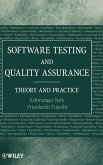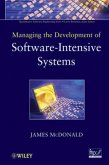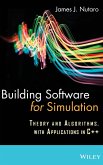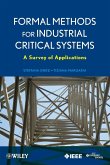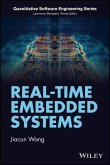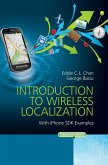This book looks to maximize the probability of revealing latent errors in programs through effective software testing. It covers the program analysis needed for applying a test-case selection method. It teaches the reader to modify the existing method or devise a new method if there is going to be a change in the language or paradigm used. The coverage is independent of the programming languages and paradigms used to construct the program under test. Includes over 200 PowerPoint slides and 40 multiple choice questions for exams or self-assessment.
An in-depth review of key techniques in software error detection
Software error detection is one of the most challenging problems in software engineering. Now, you can learn how to make the most of software testing by selecting test cases to maximize the probability of revealing latent errors. Software Error Detection through Testing and Analysis begins with a thorough discussion of test-case selection and a review of the concepts, notations, and principles used in the book. Next, it covers:
Code-based test-case selection methods
Specification-based test-case selection methods
Additional advanced topics in testing
Analysis of symbolic trace
Static analysis
Program instrumentation
Each chapter begins with a clear introduction and ends with exercises for readers to test their understanding of the material. Plus, appendices provide a logico-mathematical background, glossary, and questions for self-assessment. Assuming a basic background in software quality assurance and an ability to write nontrivial programs, the book is free of programming languages and paradigms used to construct the program under test.
Software Error Detection through Testing and Analysis is suitable as a professional reference for software testing specialists, software engineers, software developers, and software programmers. It is also appropriate as a textbook for software engineering, software testing, and software quality assurance courses at the advanced undergraduate and graduate levels.
An in-depth review of key techniques in software error detection
Software error detection is one of the most challenging problems in software engineering. Now, you can learn how to make the most of software testing by selecting test cases to maximize the probability of revealing latent errors. Software Error Detection through Testing and Analysis begins with a thorough discussion of test-case selection and a review of the concepts, notations, and principles used in the book. Next, it covers:
Code-based test-case selection methods
Specification-based test-case selection methods
Additional advanced topics in testing
Analysis of symbolic trace
Static analysis
Program instrumentation
Each chapter begins with a clear introduction and ends with exercises for readers to test their understanding of the material. Plus, appendices provide a logico-mathematical background, glossary, and questions for self-assessment. Assuming a basic background in software quality assurance and an ability to write nontrivial programs, the book is free of programming languages and paradigms used to construct the program under test.
Software Error Detection through Testing and Analysis is suitable as a professional reference for software testing specialists, software engineers, software developers, and software programmers. It is also appropriate as a textbook for software engineering, software testing, and software quality assurance courses at the advanced undergraduate and graduate levels.


